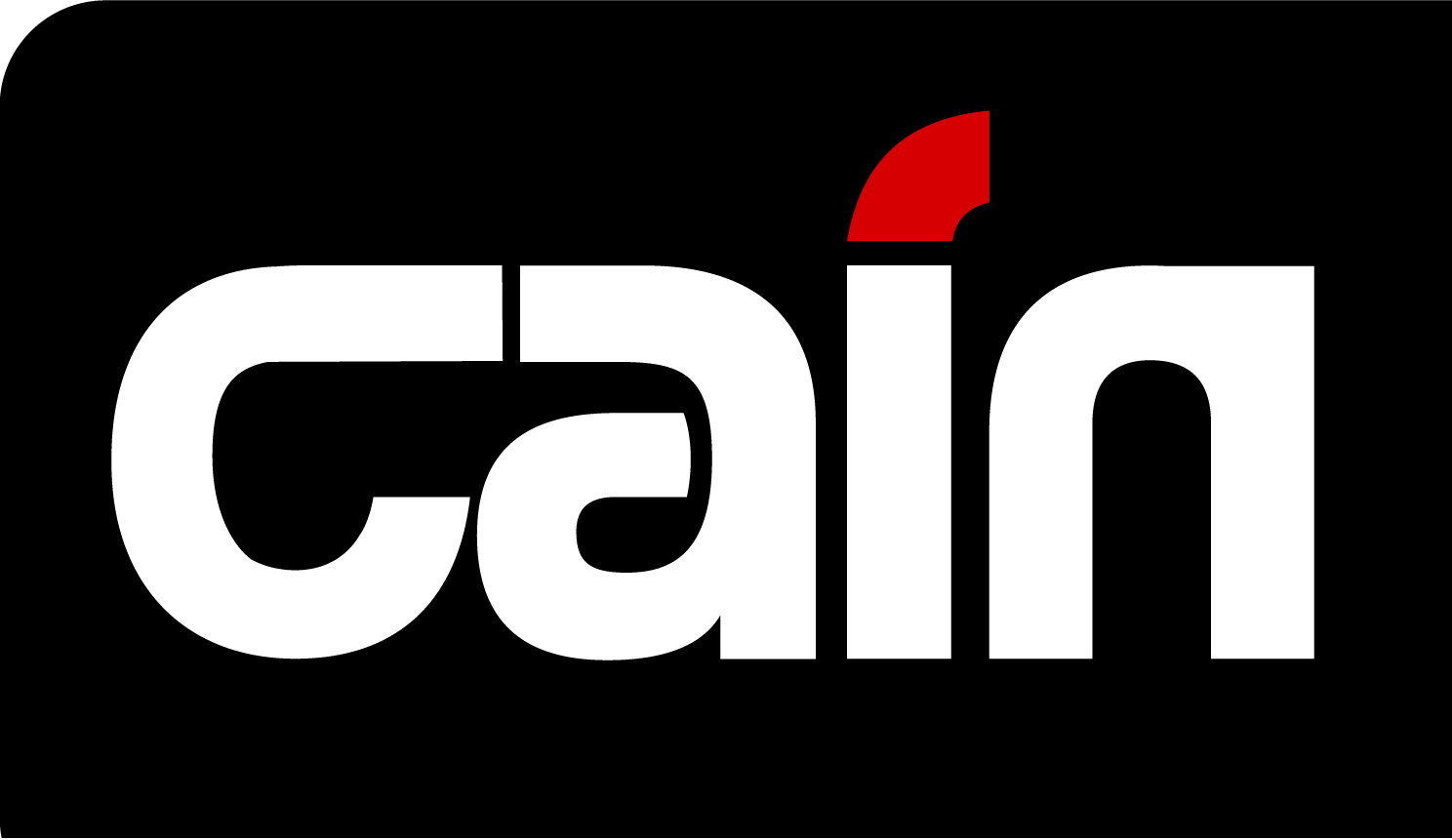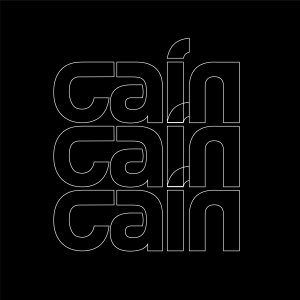The fall of Dina Boluarte from the presidency of Peru was the result of a combination of factors, including corruption scandals, a perceived ineffective administration, and a level of public disapproval that reached the highest in the region (exceeding 90%).
How can we explain that Congress impeached her after years of political posturing?
At least four factors explain the downfall of the right-wing government in the land of ceviche and potatoes:
A Government Without a Social Base: Boluarte assumed the presidency after the impeachment of Pedro Castillo, but she never managed to consolidate her own social or political support base. Experts point out that her government was sustained by a “tacit alliance” with a Congress controlled by the right and far right, which prioritized political stability over the public’s demand for early elections.
Democratic erosion and impunity: In one year, his presidency suffered a severe erosion of democracy and significant institutional setbacks. These ranged from the excessive use of force during the initial protests (2022-2023), which resulted in a high death toll, primarily among young people, to the attempt to weaken oversight bodies such as the National Board of Justice (JNJ), which led to widespread public protests.
Corruption and disconnection: The Rolex luxury watch scandal and the salary increase amidst an economic crisis were seen as manifestations of a profound disconnect from the country’s reality, especially from the impoverished population. These types of scandals exacerbated the already deteriorating relationship between the political class and the citizenry.
Political Opportunism: Boluarte’s removal is perceived by some as an act of “political opportunism” by an equally unpopular Congress, which sought to distance itself from an untenable figure as the elections approached, rather than an action genuinely aimed at resolving the governance crisis.
Expectations for the Presidency of Peru
Experts’ expectations for the immediate future of the Peruvian presidency are generally pessimistic and marked by volatility and systemic instability:
Continued Instability: Boluarte’s successor, José Jeri (or whoever assumes the presidency), is expected to face the same challenges of ungovernability, given the persistent crisis of the party system and the extremely low legitimacy of Congress. The country operates in a cycle of chronic instability where the threat of a new crisis or presidential vacancy remains latent.
Reforms in the Debate: Medium-term expectations center on the debate surrounding unpopular but necessary constitutional reforms to curb the institutional crisis, such as a return to bicameralism and a review of the concept of “permanent moral incapacity” (the impeachment mechanism used to remove presidents).
Congressional Power: It is anticipated that Congress will remain the most powerful actor in the country, controlling the political agenda and wielding undue influence over the Executive branch.
Apathy and Mobilization: The main uncertainty lies in the public’s reaction. While the economy has remained stable, problems of insecurity, corruption, and the perception that the political elite is “untouchable” could reignite social protests, keeping the country on the brink of another political crisis.
In short, Boluarte’s downfall is seen as a symptom of a seriously dysfunctional democracy in which institutional stability is bought at the price of legitimacy and accountability.

